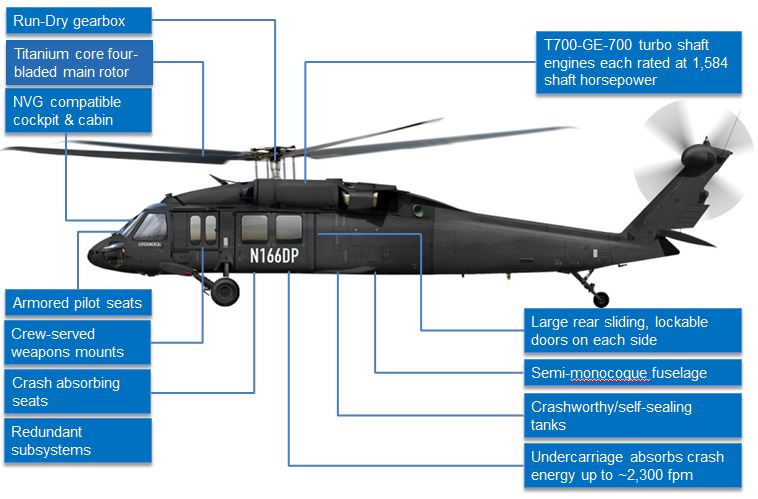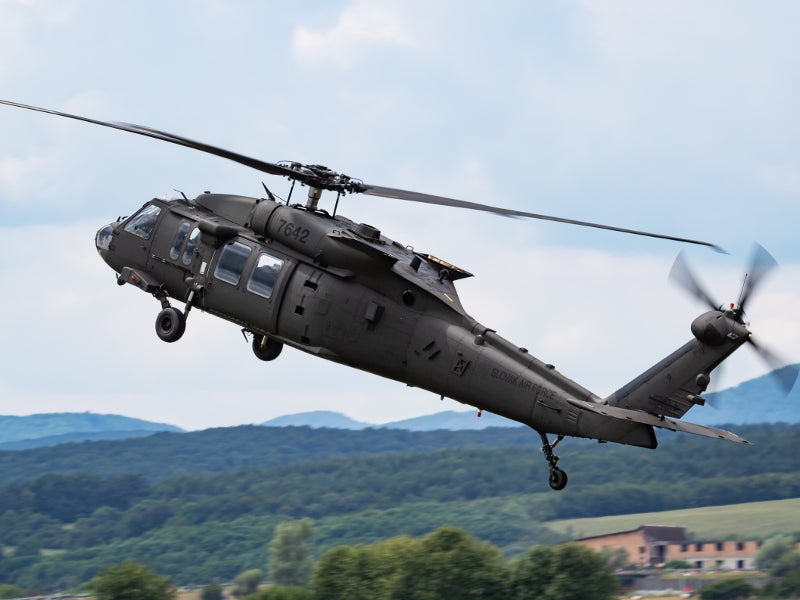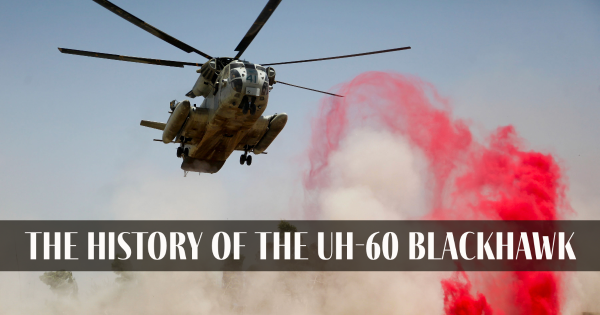Professional Insights: Enhancing Efficiency in UH 60 Helicopter Workflow
Professional Insights: Enhancing Efficiency in UH 60 Helicopter Workflow
Blog Article
Navigating Uh 60 Helicopter Regulations and Compliance Needs

Regulatory Structure Introduction
The regulative framework governing UH-60 helicopter operations includes a complicated collection of standards and rules established by aeronautics authorities. These laws are made to make certain the efficient and secure procedure of UH-60 helicopters in various environments. The Federal Aeronautics Administration (FAA) plays a central duty in establishing and implementing these laws, which cover a wide variety of operational facets, including airworthiness criteria, pilot credentials, maintenance needs, and functional treatments.
Compliance with these regulations is essential for helicopter drivers to maintain the highest degree of safety and operational integrity. Failure to abide by these laws can cause significant repercussions, consisting of mishaps, injuries, and regulatory sanctions. Consequently, helicopter operators should remain notified about the most recent regulatory advancements and ensure that their procedures remain in complete compliance with all applicable policies and criteria.
Airworthiness Directives and Inspections
Amidst the regulatory structure controling UH-60 helicopter procedures, a critical focus rests on compliance with Airworthiness Directives and conducting extensive assessments to maintain security requirements and functional dependability. Airworthiness Regulations (ADs) are issued by air travel authorities to resolve harmful conditions in airplane, consisting of the UH-60 helicopter, and required certain activities to be taken by owners or drivers. Conformity with Advertisements is necessary, and failure to comply with these directives can cause severe repercussions, including grounding of the aircraft.
Regular assessments are vital to ensuring the airworthiness of UH-60 helicopters. By sticking to a strict assessment routine, operators can find and address possible concerns immediately, therefore improving the safety and security and reliability of UH-60 helicopter operations.
Pilot Credentials and Training

Pilot training for UH-60 helicopters is comprehensive and covers a variety of subjects, including airplane systems, emergency procedures, navigation, and mission-specific training. In addition, pilots undergo simulator training to exercise various emergency situation scenarios in a regulated setting. This training assists pilots create the required abilities to handle tough situations successfully.


Furthermore, ongoing training and specialist growth are necessary for UH-60 pilots to remain current with the most up to date regulations, technology, and finest techniques. By buying pilot certifications and training, operators can enhance safety, maximize efficiency, and guarantee compliance with governing demands in the operation of UH-60 helicopters.
Functional Limitations and Demands
Pilot qualifications and training act as the foundation for understanding the functional limitations and needs connected with UH-60 helicopter operations (uh 60). These functional restrictions are placed in location to ensure the safety and security of the team, guests, and the aircraft itself. Functional restrictions may consist of factors such as climate conditions, weight constraints, altitude restrictions, and operational limits. It is essential for pilots to be fluent in these limitations to make enlightened decisions throughout trip operations. In addition, compliance demands, such as sticking to particular trip paths, communication methods, and emergency treatments, are Click This Link essential for preserving functional safety and regulative conformity. Pilots must stay existing with all operational restrictions and needs through regular training, rundowns, and assesses to reduce dangers and make certain reliable and secure UH-60 helicopter operations. By prioritizing adherence to these functional standards, pilots can boost the overall safety and efficiency look at this site of their goals while promoting regulatory standards.
Emergency Procedures and Conformity Screening
Efficient emergency procedures and comprehensive compliance screening are essential components of preserving operational safety and security and regulative adherence in UH-60 helicopter operations. Emergency treatments encompass protocols for numerous scenarios, including engine failings, fires, hydraulic concerns, and a lot more. Pilots and crew members need to be fluent in these procedures to respond quickly and properly in emergency situations. Normal conformity screening makes sure that the helicopter satisfies all regulative demands stated by aeronautics authorities. This testing involves detailed evaluations, checks, and evaluations to confirm that the aircraft is airworthy and in conformity with all appropriate laws.
In addition, compliance testing might entail simulations of emergency scenarios to evaluate the staff's reaction and the helicopter's efficiency under stress. By focusing on emergency useful site procedures and compliance testing, UH-60 operators can mitigate risks and demonstrate their commitment to safety and regulatory compliance.
Conclusion
In final thought, adherence to regulative framework, compliance with airworthiness directives, pilot certifications and training, operational limitations, and emergency treatments are important for navigating the regulations and requirements of running a UH-60 helicopter. uh 60. It is crucial for drivers to focus on security and make sure full compliance with all applicable regulations to keep the airworthiness and functional integrity of the airplane
Browsing the regulative landscape surrounding UH-60 helicopter procedures requires a nuanced understanding of the complex web of guidelines and conformity needs.Compliance with these policies is important for helicopter drivers to maintain the highest levels of safety and security and operational integrity.Among the governing framework controling UH-60 helicopter operations, a vital focus exists on compliance with Airworthiness Directives and conducting thorough examinations to maintain safety criteria and operational integrity.Efficient emergency procedures and thorough conformity testing are important components of keeping operational safety and security and regulative adherence in UH-60 helicopter procedures. Routine conformity testing makes sure that the helicopter meets all governing requirements established forth by aviation authorities.
Report this page